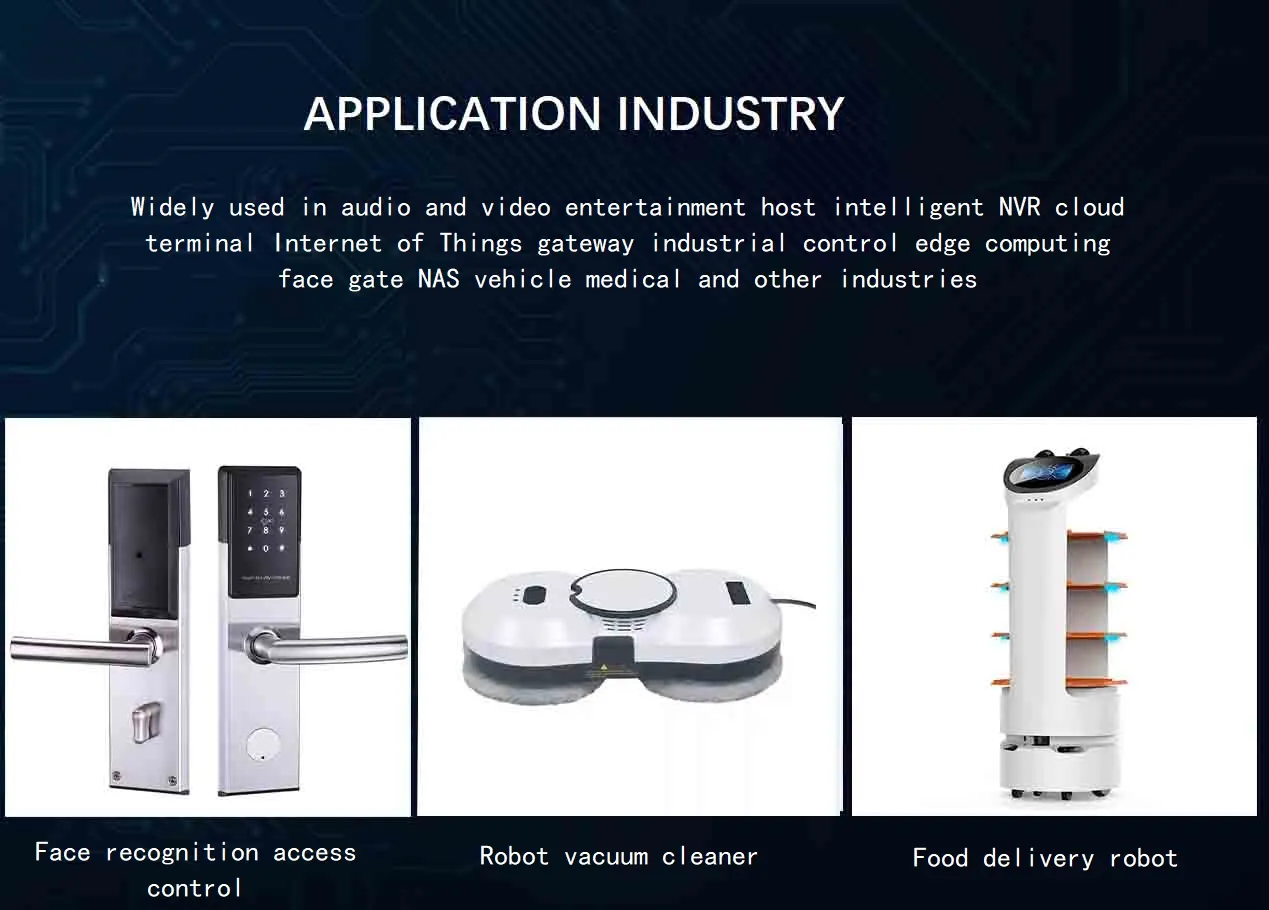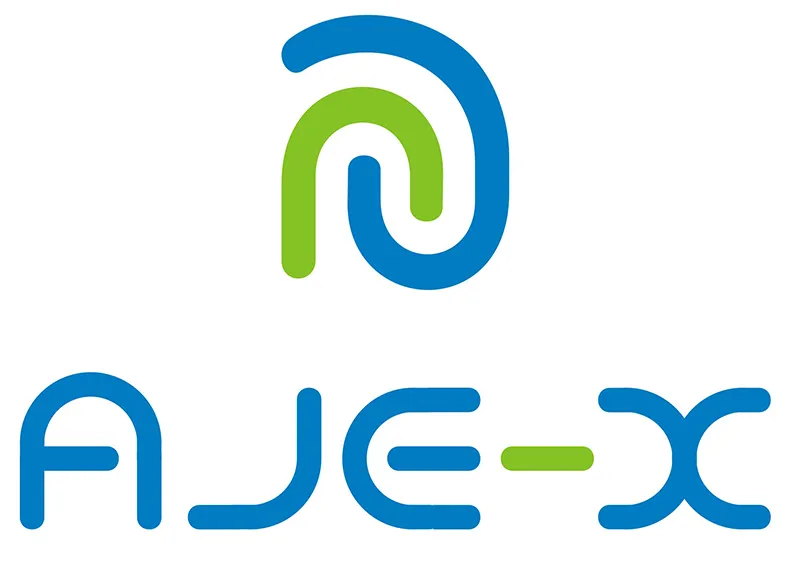AmlogicT982 is a general purpose SoC specifically for smart TV applications, using 12nm process technology, support 8K decoding and output, support 4K HDMI input, support V-by-One output, running open Android system, built-in independent NPU, has unique technical advantages in audio and video decoding
| Basic parameter | SOC | T982 core board |
| CPU | Quad-core ARM Cortex-A55 | |
| GPU | ARM Mali-G52 MP2 OpenGL ES 3.2, Vulkan 1.1 and OpenCL 2.0 | |
| Memory | 64-bit DDR3/4 | |
| Storage | eMMC 5.0, SLC NAND Flash | |
| Video processor | 8Kp30 10bit H.265/VP9 decoding | |
| 4Kp60 AVS2 decoded | ||
| 4Kp30 H.264 decoding | ||
| Hardware parameter | Ethernet | 10/100/1000M MAC + 10/100M PHY |
| Video input | 4Kp60 HDMI 2.1×3 HD input | |
| Video output | V-by-1, LVDS, 4K TCON | |
| Wireless network | Support USB &SDIO WiFi module | |
| Audio interface | Stereo CODEC, SPDIF input and output, 8-channel PDM, multi-channel I2S input and output | |
| USB/PCI-e | 3x USB 2.0,1x USB 3.0 / (PCIe Gen-2+USB2.0) | |
| Extension interface | 4×12C,4×UART,2×SPI,8×PWM | |
| System software | System | Supports Android 11 |
| Other | Interface type | Goldfinger (SODIMM260P standard interface, 0.5mm spacing) |
| Dimension | 70mm × 64.5mm | |
| Heat dissipation | Distance between mounting holes for heat sink: 40*40 mm | |
| Power consumption | Standby power consumption: 0.075W | |
| Typical power consumption: 2.8W | ||
| Maximum power consumption: 4.6W | ||
| Environment | Operating temperature: -20℃ -60 ℃ | |
| Storage temperature: -20℃ -70 ℃ | ||
| Storage humidity: 10% to 80% |
The motherboard is suitable for smart TV, digital marking card, commercial display large screen advertising machine, educational electronic whiteboard Intelligent projection and other ultra high-definition display products



Address: Room 304, Building A, Zhongxing Innovation and Technology Park, No. 8, Xinhe Avenue, Xinqiao Community, Xinqiao Street, Bao ‘an District, Shenzhen Province, China
Email: sales@sz-andjiee.com
Tel: +86 136 9220 5124
We use cookies for efficient navigation and specific functions, with detailed information available under each consent category below.
“Necessary” cookies are essential for basic site functionalities and are stored in your browser.
We also utilize cookies for analyzing site usage, storing preferences, and providing relevant content and advertisements, subject to your prior consent.
You have the option to enable or disable these cookies, but be aware that disabling some may impact your browsing experience.
Allow the use of storage mechanisms for advertisements, such as cookies, to enhance your experience.
Cookie: ad_storage
Duration: 7 days
Description: Amazon Web Services set this cookie for load balancing.
Configure a user consent mechanism to decide if user data can be shared with Google for online advertising.
Cookie: ad_user_data
Duration: 7 days
Description: Set up user consent on whether user data can be sent to Google for online advertising purposes.
Configure the user's consent for receiving personalized ads.
Cookie: ad_personalization
Duration: 7 days
Description: Set up user feedback collection on whether to deliver personalized ads.
Activate storage mechanisms, such as cookies, for tracking analytics data (e.g., visit duration).
Cookie: analytics_storage
Duration: 7 days
Description: Enable storage mechanisms (e.g. cookies) related to analytics (e.g. visit duration).
Enable storage mechanisms essential for site or app functionalities, like language preferences.
Cookie:
functionality_storage
Duration: 7 days
Description: Enable storage mechanisms that power site or app features, such as language settings.
Enable storage mechanisms for personalization features, such as video recommendations.
Cookie: personalization_storage
Duration: 7 days
Description: Enable storage mechanisms related to personalization (such as video recommendations).
Activate security-related storage mechanisms, including authentication, fraud prevention, and user protection features.
Cookie: security_storage
Duration: 7 days
Description: Enable security-related storage mechanisms such as authentication features, fraud prevention features, and other user protection features.